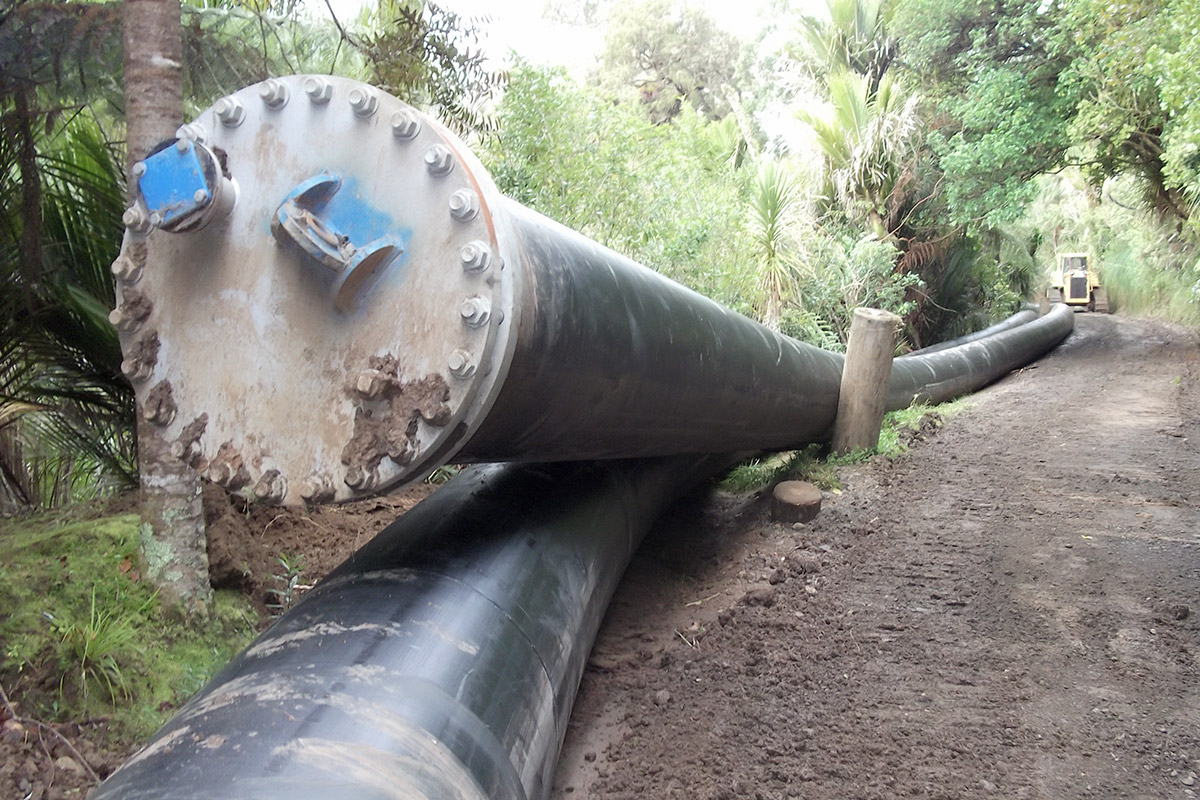New Zealand’s commitment towards a clean, green, and sustainable environment is one of the first things that separates us from many countries across the globe.
As the country becomes more environmentally conscious, green practices have edged into construction solutions. Whilst the principles behind the success of micro tunnelling have been around for decades, it’s in recent years where environmentally added benefits have become the norm.
We check out the method behind micro tunnelling and the environmentally friendly advantages it creates while keeping people safe around the site too.
What is Micro tunnelling?
Micro tunnelling was developed by the Japanese in the early 1970s and is a digging technique that combines the pipe jacking method into a remotely controlled, guided way of construction.
Because of its extensive techniques, micro tunnelling has evolved into a clean-cut and practical means of doing business, and the overall process avoids the need to have open trenches for pipe laying reducing the impact on the rest of the community.
Micro tunnelling vs. Open Cut Construction
One of the key environmental benefits is a reduced site footprint. Open cut methods require trenches to be dug along the length of the pipeline installation, resulting in greater ground disruption and higher restoration costs.
Because the micro tunnelling procedure involves a remotely controlled steerable system to install pipes and cables at the ground surface, it only requires the excavation of an entry and exit pit, with the ground between these points left undisturbed.
A traditional open-cut construction that can be destructive to the surrounding site, micro tunnelling allows for a much more direct route.
As there is less ground disturbance, there is less impact on the surrounding environment, flora, and fauna. The installation can also be quicker to complete, and restoration costs are reduced.
A Cleaner Process
The micro tunnelling method is very friendly to the environment because of its cleaner process.
When using appropriate machinery, further environmental benefits can be found in a reduction of carbon emissions. Techniques used in the micro tunnelling and pipe jacking process ensure quantities of both incoming and outgoing materials are reduced significantly, reducing the impact on the surrounding environment.
By ensuring a cleaner process there is less disturbance with the local and wider environment making the process a very effective one in all regards.
Vacuum Extraction Systems
In comparison to other underground construction techniques, the micro tunnelling method shifts its focus to a vacuum extraction system which promotes a much cleaner environment.
This provides continuous support to the ground by using a pipe jack system approach. By using vacuum extraction systems, the setup footprint to the work site is minimised significantly.
These types of systems used in micro tunnelling offer safer methods of open-cut construction, to both the workers and the environment around us.
Safety benefits
The risk of injury to workers and the public are reduced by using methods such as micro tunnelling with more accurate systems still being achieved.
Any excavation work is considered dangerous as excavation failures such as collapse can occur and any construction work that is carried out in or near shafts or trenches is considered high risk. The risk increases the deeper the shaft or trench is.
While there are still safety risks associated with micro tunnelling as excavation of shafts is required, the extent of excavation is less and site supervision is contained to smaller areas, reducing the risk of public interface.
Therefore, micro tunnelling is a safer form of pipeline installation.
An environmentally friendly and safer solution
Micro tunnelling is said to be one of the most beneficial underground construction techniques for all parties involved and the surrounding environment.
Constructing utilities, in busy urban areas such as Auckland, through natural barriers and underneath waterways can present major environmental concerns. Directional drilling companies want to minimise the disturbance to these environments as much as possible – whilst of course, still getting the job done effectively.
To address these environmental concerns, corporations are constantly seeking ways to develop trenchless methods that keep their workers and the environment safe.
